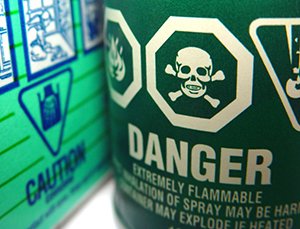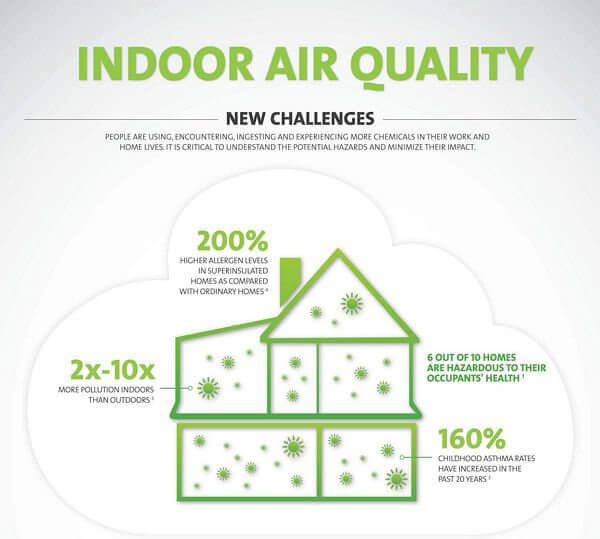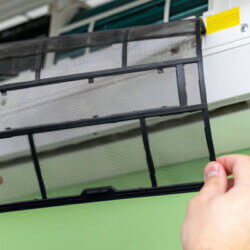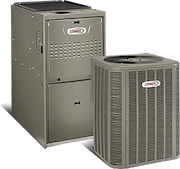
The EPA (Environmental Protection Agency) considers low indoor air quality in US households one of the top environmental dangers for the public. St. Louis residents are particularly vulnerable to indoor air pollution because of industrialization, population growth, and extreme climate patterns.
One might think that it is safer to be indoors than outdoors these days. However, in terms of air quality, this does not seem to be the case anymore. According to the EPA and the World Health Organization, indoor air in households can be many times more polluted than outdoor air. There are many sources of chemical pollutants in households that affect indoor air quality than most occupants can ever realize.
These include:
- Paint, thinners, adhesives, and other similar chemicals
- Common home appliances like stoves, heaters, oven, and freezers
- Electronic, lighting and plastic products
- Cleaning, grooming, and cooking products
- Pets, indoor plants, and mold growth
What You Can Do About Indoor Air Quality
It is obvious from the list above that almost anything can affect the indoor air quality in homes. Since most people spend a large portion of their time indoors, it would be wise to know how to prevent chemicals from causing indoor air pollution.
The following are some helpful tips to improve indoor air quality:
- Improve the ventilation system of the house – Efficiently circulating outdoor air into a home can greatly increase indoor air quality. The trend in the market today is HVAC units that have mechanical ventilation features. Such a feature allows a low-cost but energy efficient way of bringing outdoor air inside a house.
- Manage sources of chemical pollutants – While it isn’t entirely possible to eliminate all sources of these chemical pollutants within a household, there are things that can be done is to exercise control over it. For example, in the case of short-term activities that produce a lot of air particulates, these can be done outdoors. Examples include repainting furniture, cleaning rugs, and cooking. Another good practice to improve indoor air quality is to install exhaust fans in areas that are known to have high levels of air particulates. Finally, make smart choices when purchasing products and home building materials to select products that are low in VOCs.
- Install air cleaners – When it comes to the removal of air particulates inside homes, air cleaning units are quite effective. Currently, the types of available air cleaner models in the market are quite varied. These range from simple table-top to high-end residential air cleaning systems. A homeowner should focus on air cleaners that have particulate collection and air-collection rates that match his or her own needs.

Homeowners also need to be vigilant about the levels of chemicals in their houses. Regular tests for presence of radon, mold, lead, and asbestos should be done. Through this, indoor air quality can be kept at safe levels.
Learn More About Improving Indoor Air Quality
If you are concerned about the state of your indoor air quality and would like professional advice on how to improve it, contact our experts today. You can reach our heating & air conditioning professionals online or by calling 314-993-1110.












